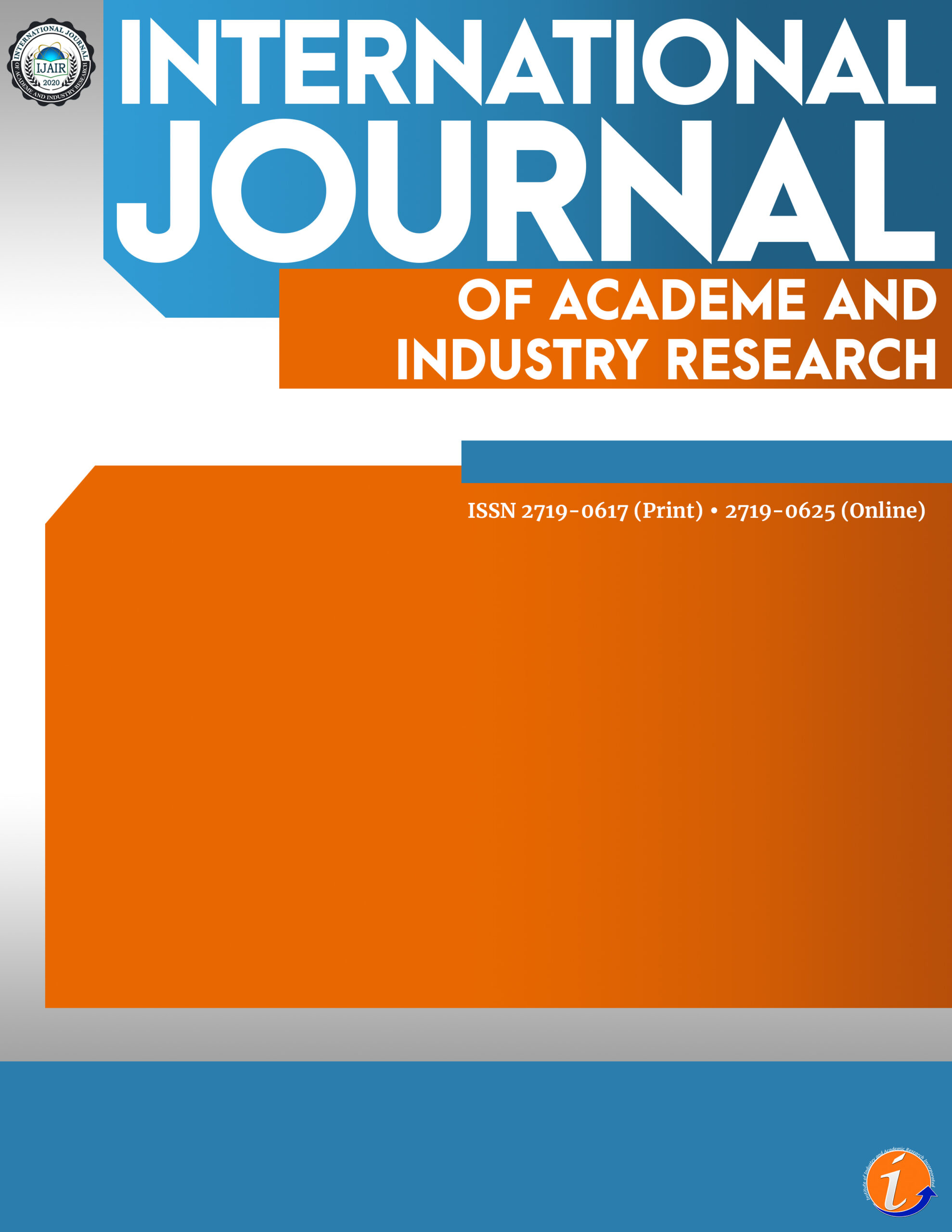In the light of the limited literature and studies on the Philippine National Police (PNP) Military attrition system, this study was conducted in a pioneering spirit. To determine how PNP Maritime Group view the PNP attrition system and problems in its implementation, a total of 92 randomly selected PNP Maritime Group personnel were requested to answer a researcher-made validated questionnaire. Respondents were likewise asked for their recommendations to improve the system. The study revealed that there are no significant differences among the perceptions (P=0.536687) of the respondents on the attrition system, problems encountered (P= 0.187221) in its implementation and recommendations (P=0.010042). Results of study provide a compelling case for policy-makers to create feedback mechanisms like seminars, focus group discussions and conferences pertaining to PNP Maritime Group attrition system in order to communicate its real purpose. Further research may expand the participants to include higher posts in order to scale the perception and problems encountered during the implementation of the system.
Philippine National Police, Attrition System, R.A. 8551, Police Personnel, PNP Maritime Group
Eugene V. Juaneza. MS degree holder. P/Major, Philippine National Police
Becker, F. (2007). Organizational Ecology and Knowledge Networks. California Management Review, 49(2), 42-61.
Benko, C. and Weisberg, A. (2007). Implementing a Corporate Career Lattice: The Mass Career Customization Model. Strategy & Leadership, 35(5), 29-36.
Burban Planning, LLP (2021). All You Need to Know About Employee Attrition. https://thebrandboy.com/about-employee-attrition/
Crawford, R., Disney, R. and Simpson, P. (2017, January 3). Police officer retention in England and Wales. The Institute for Fiscal Studies. https://ifs.org.uk/publications/8824
Dik, B. (2018). Staff Attrition vs. Staff Turnover: What’s the Difference? https://jobzology.com/staff-attrition-vs-staff-turnover-whats-the-difference/
Harsha S., Varaprasad, A., and Sujith, P. (2020). Early Prediction of Employee Attrition. International Journal of Scientific & Technology Research. Volume 9, Issue 03, March 2020.
Jeen, B.D. (2014). A Study on Attrition – Turnover Intentions in Retail Industry. International Journal of Business and Administration Research Review. Vol.I, Issue No.3, Jan-March 2014.
Knowles, M. (2020, July 23). Police leaving forces in large numbers blaming violence, low pay and social media. https://www.express.co.uk/
LinkedIn Corporation. (2018). LinkedIn reveals the latest talent turnover trends: LinkedIn data analysis looks at the industries with the highest turnover rates from 2017. https://news.linkedin.com/
MacIntosh, E. W., and Doherty, A. (2010). The influence of organizational culture on job satisfaction and intention to leave. Sport Management Review, 13(2), 106–117. doi:10.1016/j.smr.2009.04.006
Medina, E. (2012). Job Satisfaction and Employee Turnover Intention: What does Organizational Culture Have to Do with It? https://static1.1.sqspcdn.com/
Norfolk Human Resources Operations (2020). Police Staff Disciplinary Procedure. https://www.suffolk.police.uk/
O’Neill, W. (2004). Police Reform and Human Rights: A HURIST Document. New York, Joint Human Rights Strengthening Programme of the United Nations Development Programme and the Office of the High Commissioner for Human Rights (HURIST).
Philippine Official Gazette (nd). The Philippine National Police (PNP) https://www.officialgazette.gov.ph/
Philippine Republic Act No. 6975, Department of the Interior and Local Government Act of 1990. (1990, December 13). https://www.lawphil.net/
Reddy, C. (2021). Employee Attrition or Turnover Advantages & Disadvantages. https://content.wisestep.com/employee-attrition-turnover-advantages-disadvantages/
Robinson, A. (2021, May 16). Employee Attrition: Definition, Causes and Examples. https://teambuilding.com/blog/employee-attrition
Safety Team (2021). 2019’s Top Cities for Police Officers. https://www.safety.com/top-cities-police-officers/
Shults, J. (2019). 8 reasons you may need to leave your department. https://www.police1.com/police-jobs-and-careers/articles/8-reasons-you-may-need-to-leave-your-department-SwZgD0Uw4f5fCsVo/
Silverthorne, C. (2004). The impact of organizational culture and person-organization fit on organizational commitment and job satisfaction in Taiwan. Leadership & Organization Development Journal, 25(7), 592–599. doi:10.1108/01437730410561477
Tech Funnel. (2020, May 14). The Ultimate Guide on Employee Attrition. https://www.techfunnel.com/hr-tech/employee-attrition/
The Future of Work 2020. Palo Alto, CA: Institute for the Future, for the University of Phoenix, 2007. http://cdn.theatlantic.com/
United Nations Office on Drugs and Crime. (UNODC, 2011). Handbook on police accountability, oversight and integrity. Criminal Justice Handbook Series.
Work Institute (2019). 2019 Retention Report: Trends, Reasons, & A Call to Action. http://info.workinstitute.com/
Zhang, Y.J. (2016) A Review of Employee Turnover Influence Factor and Countermeasure. Journal of Human Resource and Sustainability Studies, 4, 85-91. http://dx.doi.org/10.4236/jhrss.2016.42010
Cite this article:
Juaneza, EV (2021). An empirical study on the PNP maritime group attrition system. International Journal of Academe and Industry Research, 2(2), 25-44. https://doi.org/10.53378/345658
License:
![]()
This work is licensed under a Creative Commons Attribution (CC BY 4.0) International License.










